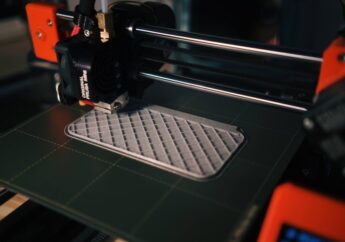Website Design – 5 Classic Mistakes to Avoid
by Abdul Aziz Mondal Technology Published on: 19 June 2018 Last Updated on: 25 September 2024

Designing and building a website is far easier today that it has ever been, and it isn’t that many years ago when you would have no choice but to enlist the help of a professional web designer. Today, however, there are easy to use applications that empower the average computer user to the point where they can build a functional website from scratch. If you would like to try your hand at web design and construction, here are some common mistakes to avoid at all costs.
1. Overdoing the Graphics :
It is easy to fall into the trap of thinking that the more flashing GIFs and other graphics you have, the better. This is most definitely not the case, and if you create a website with Limecube, for example, there are powerful tools that allow you to quickly see the results of your work. What You See Is What You Get, or WYSIWYG, as it is known in the industry, allows the web builder to quickly see how any configuration looks to the web user, and as far as graphics go, keep them to a minimum.
2. Non-Mobile Friendly :
When you consider there are more than 2.5 billion (yes billion) smartphones in use today, if your website is not mobile friendly, you will be losing a large percentage of visitors (and potential customers) to your site. Any web developer would tell you this and make your website mobile friendly will ensure that you get maximum exposure, and anything less simply won’t do.
3. Slow Page Loading :
Simply put, slow page loading is the kiss of death for any commercial website. The arrival of superfast broadband has made the average user become accustomed to ultra-fast page loading, and the best way to ensure this is to put all images into the right format (JPEG or PNG) and also to make sure your web host has adequate bandwidth to allow for fast page loading. If you would like some further reading on why fast page loading is essential, there is an informative blog that gives all the answers.
4. Hard to Navigate:
Smooth site navigation enhances the user experience, and far too many people fall into the trap of creating complex menus that are far from clear. In order to discover if your website is easy to navigate, simply ask a few good friends to browse and give you their honest opinion on how easy it is to find what you are looking for. Any negative responses will tell you there is still some work to be done in this department.
5. Social Media Buttons at the Top of the Website:
This is a big No No, as you are encouraging the user to shift their attention from your website before they have even started. The correct placement for social media icons is at the bottom of the page, where the user can obtain additional information.
If you are new to web design, there are easy to use web building applications that are available, and by making sure you avoid falling into the above traps, your site should be an attractive and informative resource for all your customers.
Read Also:



































































































